I have an ontology in Protege.
When I add an object property like X worksFor Y, and then load the rdf to graphdb, it generates 3 triples with subject = blank node, property = owl:someValuesFrom, owl:onProperty, owl:rdfType, and then it adds a triple that states X rdf:subClassOf Y.
Is this correct?
What is the logic behind this?
Here is an example of what I'm doing:
This is the ontology in Protege. I made a small version that addresses this specific issue. I save it as rdf and then load it in GraphDb

And here is what I get in GraphDb after loading the rdf from the ontology.

I hope this helps to better understand the question.